#istvan thurzo
Explore tagged Tumblr posts
Text

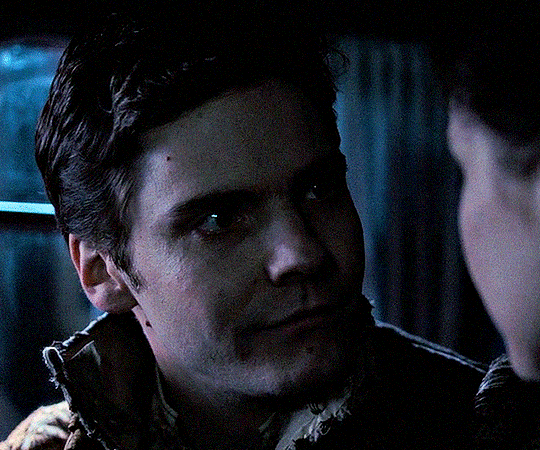






Daniel Brühl as Istvan Thurzo THE COUNTESS 2009・dir. Julie Delpy
#the countess#istvan thurzo#daniel brühl#deepdwellingedit#filmedit#perioddramaedit#danielbrühledit#thecountessedit#filmgifs#moviegifs#onlyperioddramas#perioddramasource#weloveperioddrama#bladesrunner#userdemon#still bad at giffing this movie#some things never change
218 notes
·
View notes
Text






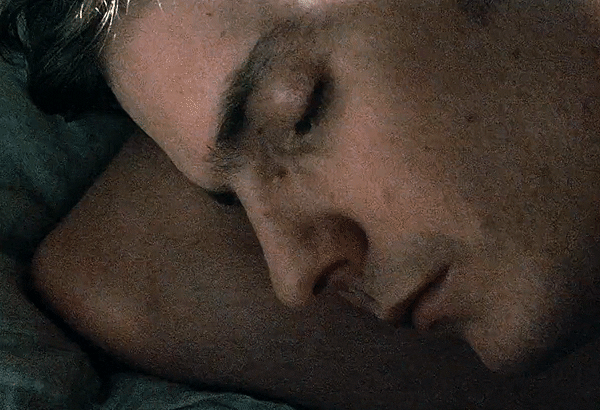

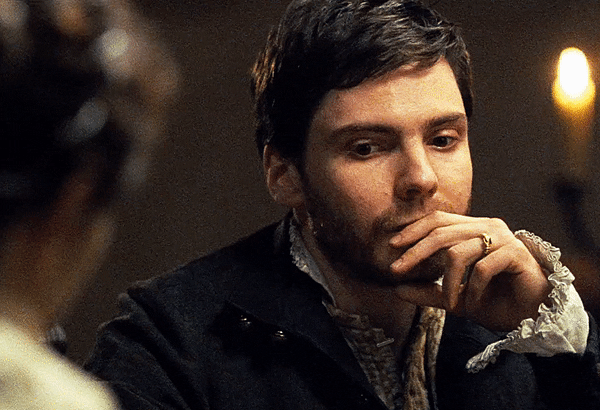
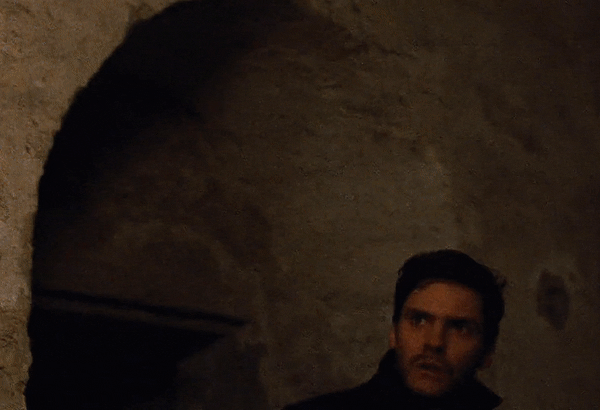
The Countess
Dir. Julie Delpy
István Thurzó (played by Daniel Brühl)
#he's so soft#❤️#i love him so much#istván thurzó#istvan thurzo#the countess#the countess 2009#daniel brühl#daniel brühl gif#danielbrühledit#my gifs#filmgifs#filmedit#actually there is another set#but i'm still hesitating whether i should post it or not#it's a bit **cough** sexy **cough**#and intimate#but i love that scene so much#my heart hurts
203 notes
·
View notes
Text
Wearing Something of the Danny Boy's (Part 1)
More headcanons with our darling boys. I'm watching Rush finally so I can get Niki added to the roster but I must say I did not expect Daniel to sound like he does in it. Anyways, the boys covered here are Alex, Erik, Zemo, and István. I am working on a second enstallment of the dating headcanons so look out for that as well as a second enstallment of this one!
─── ・ 。゚☆: *.☽ .* :☆゚. ───

Alex Kerner
• You're hanging out in Alex's apartment when you spot it hanging from the back of his desk chair.
• Alex's blue denim jacket.
• You don't hesitate to grab it and immediately wrap yourself up in it. It's big and warm, but most importantly it smells like the cheap cologne Alex wears that you can't seem to get enough of.
• When Alex gets back from doing some shopping he wasn't quite expecting his partner to be looking absolutely adorable while watching some random Football game on the television.
• His jacket is huge. He likes having something that can feel more cozy in and so you seem to swim in the fabric. The sleeves covers most of your hands as you're curled up into a ball so it can surround you while wearing it.
• Alex sets the groceries down and watches you for a little longer before he joins you and the two of you end up snuggled together.
• "That jacket looks better on you than it ever has on me."
─── ・ 。゚☆: *.☽ .* :☆゚. ───
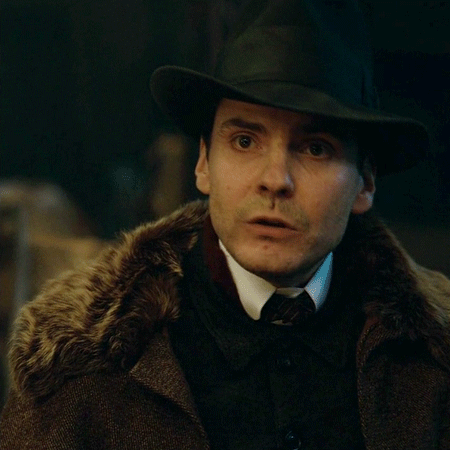
Erik Jan Hanussen
• Now it wasn't his signature fur coat you went for, but the monocle.
• The monocle Erik seemed to keep in the most pristine condition just like everything else around him. It fascinated you and brought plenty of amusement watching him fiddle with it throughout the day.
• And here you were now looking at the monocle resting on his desk while Erik had left the study to retrieve a book.
• When he returned he found you looking into a handheld mirror while holding the monocle carefully to one of your eyes.
• Erik wasn't upset by it. He was actually more amused than anything.
• All he could do was chuckle as he crossed the threshold back into the room and say with a voice light and warm, "Meine Maus (My Mouse), what have you found?"
─── ・ 。゚☆: *.☽ .* :☆゚. ───

Helmut Zemo
• It was always the coat that caught your attention when it came to his fashion choices.
• When Zemo had went to his study to take a call and left the coat behind you jumped at it.
• You had felt the coat before while cuddling with him but you hadn't had a chance to actually wear it so far.
• The collar is soft and the coat smells just like him. The warm hint of spice and tobacco smoke with something that's unmistakably Helmut about it. It's warm and you can use it as a blanket if you really wanted.
• So that's the option you went with.
• Zemo came back down with an apology already on the tip of his tongue but it seemed to die off back into his throat when he spotted you.
• He watched as you laid on your side flipping through a magazine on the spacious sofa. You nuzzled into the fur and happily sighed as you adjusted it to try and completely disappear under it.
• Zemo came to sit with you. "Would you like to lay on my lap draga?" You ended up with the coat still around you as you rested your head in his lap while he played with your hair.
─── ・ 。゚☆: *.☽ .* :☆゚. ───
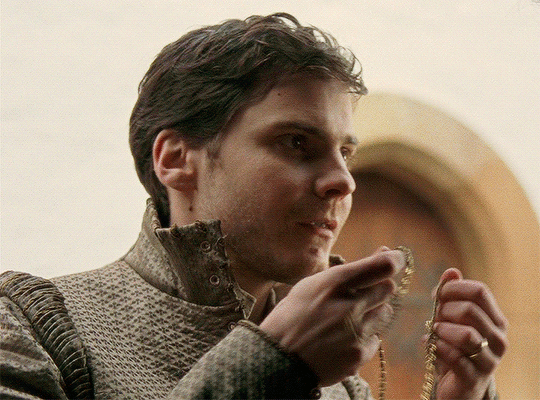
István Thurzó
• Like with Erik your interest laid with an accessory rather than just a piece of clothing.
• Seeing his golden necklace on him at all times made you in turn want to wear it.
• While István was bathing you were able to fully and finally hold that necklace. You had held onto it while you two cuddled but having it not attached to István was a new sight.
• It didn't take long for you to decide to clasp it around your neck and look in the mirror of the bedroom.
• "I see you have found my necklace."
• István looked in the mirror from behind you while he wrapped his arms around your waist.
• He thought it looked wonderful on you and expressed such with a bombardment of kisses to your neck, including kissing where the necklace met your skin with worshipful admiration.
#falcon and the winter soldier#alex kerner x reader#alex kerner#baron zemo x reader#helmut zemo x reader#baron zemo#istvan thurzo#istvan thurzo x reader#erik jan hanussen x reader#erik jan hanussen#daniel brühl#daniel bruhl#the danny bunch#good bye lenin#the countess#the kings man#daniel bruhl x reader#daniel brühl x reader#tfatws#ca:cw#captain america: civil war
155 notes
·
View notes
Photo



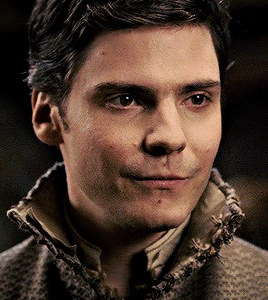




Daniel Brühl as István Thurzó THE COUNTESS (2009) | dir. Julie Delpy
#daniel brühl#daniel bruhl#the countess#the countess 2009#istvan thurzo#istván thurzó#dbruhledit#*#i thought about tagging people but i'm shy#here's pouty istvan
346 notes
·
View notes
Text
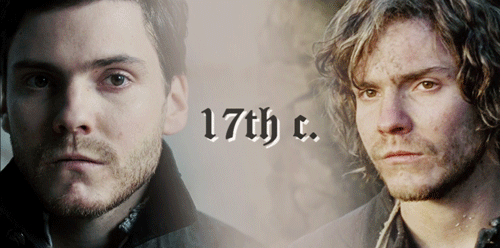
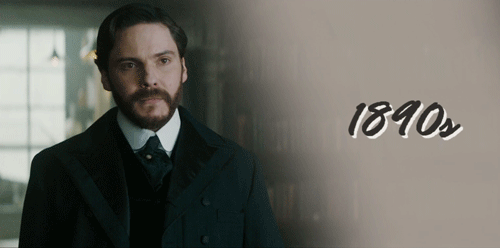
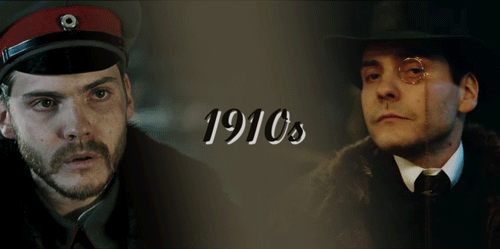


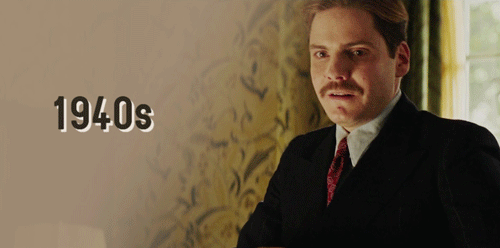




DANIEL BRÜHL + time periods
#daniel brühl#istvan thurzo#tonda#laszlo kreizler#horstmayer#erik jan hanussen#paul krantz#andrea marowski#lutz heck#niki lauda#alex kerner#helmut zemo#ernst schmidt#alex garel
955 notes
·
View notes
Photo


Daniel Brühl as Istvan Thurzo THE COUNTESS (2009)
#the countess 2009#istvan thurzo#daniel brühl#daniel bruhl#danielbrühledit#danielbruhledit#dbruhledit#userrutledge#usertammy#*#**#these have been in my drafts for a minute
440 notes
·
View notes
Photo

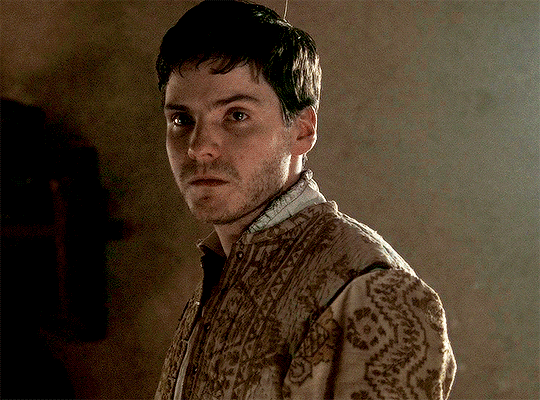
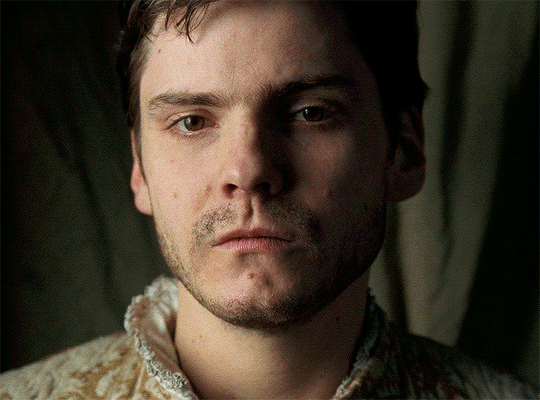


DANIEL BRÜHL as Istvan Thurzo THE COUNTESS (2009)
#the countess 2009#daniel brühl#dbruhledit#danielbrühledit#daniel bruhl#istvan thurzo#the lighting in this movie is terrible#sorry for the sh*t quality#and coloring#this was my first and last attempt#mg*
382 notes
·
View notes
Photo
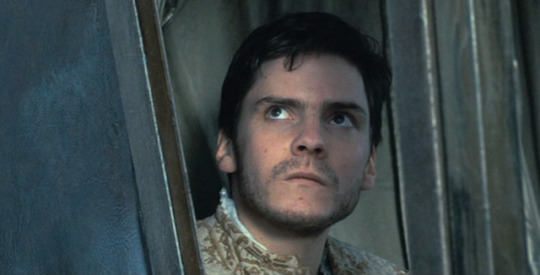
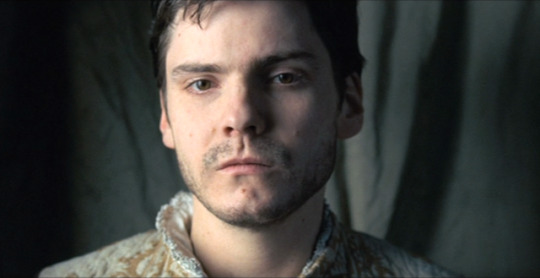
144 notes
·
View notes
Text
Beauty to Die For: Tale of 'The Blood Countess'

Countess Elizabeth Bathory; Photo: Encyclopedia Brittanica
Hungarian Countess Elizabeth Bathory's story reads like a dark fairytale. Supposedly, she would do anything to maintain her youth and beauty. Countess Bathory allegedly had a gruesome beauty regiment -- bathing in the blood of young virgins. Born into power and privilege with both beauty and brains, the Countess would die a convicted killer, who allegedly tortured and murdered 650 young women from 1586 to 1609.
The Countess was born on August 7, 1560 to Gyorgy and Anna Bathory. The origins of the Bathory family were traced back to 900 AD and included members who were dukes and kings.
The Bathory name, which means 'good hero,' has a very interesting story attached to it that reads more like a happily-ever-after fairytale. The name is supposed to have originated from a warrior named Vitus who saved the people of Ecsed, Hungary from a dragon. Vitus is supposed to have single-handedly killed the dragon, earning Ecsed, a castle and the name Bathory.
The Bathorys would acquire land not only in Hungary but also Transylvania and parts of the Czech Republic, Slovakia and Austria. The family held power that rivaled the Hungarian Crown. However, they did not have a great relationship with Hungarian royalty and were often switching loyalties from the Hapsburgs to the Hungarian royalty. (The Habsburgs were in a dispute with the Hungarian Crown over a part of Hungary that was in Habsburg land. The dispute between the two eventually became over rulership of the entire country).
Countess Bathory is said to have had an uncle who taught her about Satanism and an aunt who taught her about sadomasochism.
Lady Bathory was engaged by the time she was 12-years-old to Ferenc Nadasdy, whose father had been a Hungarian palentine (prime minister). She was 14-years-old and Nadasdy was 19-years-old when they got married.
Lady Bathory retained her family name because the Bathorys were considered higher up on the social scale than the Nadasdys. This practice, needless to say, was unheard of at the time and not accepted by all the nobility. Many referred to Lady Bathory as "Lady Nadasdy."
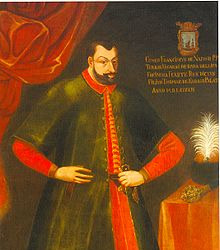
Count Ferenc Nadasy; Photo: Wikipedia
Nadasdy's parents were both deceased and Nadasdy was away at school, leaving young Lady Bathory alone.
Supposedly, the Countess became pregnant by Ladislav Bende, who was either a servant or a member of lower nobility. Nadasdy reportedly had Bende castrated and killed. Lady Bathory gave birth to a girl, Anastasia, who was raised in Transylvania. Many years later, in 1609, there was a document filed in which the Countess claimed that Bende raped her.
The wedding went ahead as planned for the sake of social obligation. She settled into her husband's family's Hungarian estates at Sarvar and Csetje. With her soldier husband always away, Lady Bathory ran the estates. Rumors about her infidelity persisted after marriage. The Countess had four children with Nadasdy. However, there were rumors that the Countess had lovers.
The Countess' nefarious activities began about the year 1586. Nadasdy supposedly built a torture chamber for her. Countess Bathory believed that she could retain her beauty through ingesting the blood of young girls. She began victimizing her servants, then peasants and later daughters of the nobility.
Bathory allegedly tortured her victims before they died. She stabbed, bit, pricked them with needles and burned them with hot irons. She also had some victims beaten and starved. The Countess is most known for bathing in blood, a detail of her crimes which wasn't mentioned until a book about her case was written in 1729. This practice was never mentioned by witnesses at the trial.
Lady Bathory lived during a harsh time when physical abuse of servants and peasants were commonplace. Torture and executions of convicted criminals was part of every day life. During her childhood, the Countess witnessed gruesome torture and executions. Lady Bathory's husband also enjoyed torturing servants and enemies, especially the Turks, dancing with their corpses and playing with their heads. He also.included advice on disciplining servants in his letters to his wife. When home with the Countess, the two participated in torturing disobedient servants.
One particular story describes Lady Bathory participating in the torture of a servant girl forced to stand outside naked and covered with honey. The girl eventually passed out after attracting many flies and bees. Pieces of wax paper were lit between her toes to wake her.

Photo: A History of Serial Killers
The Countess' activities first became suspicious in 1602 when a clergyman in Sarvar, Istvan Magyari, noticed an excessive amount of servants on Bathory's estate dying. When questioned about it, the Countess claimed that the servants died from cholera.
Rumors had begun circulating about "secret chambers," where the Countess allegedly tortured servants. The number of dead servants coupled with the rumors aroused enough suspicion in Magyari for him to go to the authorities. Magyari's suspicions were ignored. If pursued, the girls' families would have to eventually bring their complaints to the perpetrator herself.
The secret chambers were only accessible by servants who the Countess trusted the most. These servants aided Lady Bathory in torturing servant girls with beatings, biting and burning them with hot irons.
Anna Darvolya, known as Darvulia, was a servant of the Nadasdy family for many years and the Countess' assistant, advisor and alleged mentor to the other servants in the sadistic art of torture.
Three women and one man completed the Countess' group of confidents and partners in crime. All of them confessed to playing a part in Countess Bathory's nefarious scheme: Ilona Jo, the Countess' children’s former wet nurse; Jo's friend Dorottya Szentes; Katalin Beneczky and Janos Ujvary, aka, Ficzko (‘Kid’). Other accomplices included some noble ladies: Lady Anna Welyker, Lady Judith Pogan and Lady Szell among others assisted Bathory in finding new servant girls. Even Bathory's youngest daughter, Katalin, is said to have participated in at least one of her mother's torture sessions.
When the Countess opened a finishing school for young daughters of the nobility in 1610, it was the beginning of the end. The daughters of the nobles began to die. Their families brought their concerns to the King of Hungary, Matthias II. Gyorgy Thurzo, palantine (prime minister) of Hungary, was sent to investigate Bathory.

King Matthias II; Photo: Wikipedia

Gyorgy Thurzo; Wikipedia
Thurzo and his team conducted extensive interviews with the Countess' staff from March to July 1610. Fifty-two witnesses and servants were questioned and most gave horrific accounts of girls being beaten, starved and left outside to die.
What's interesting is that most of these accounts were of hearing noises from the secret chambers but that no one actually saw anything. Doctors who visited to treat the Countess' servants didn't see any injuries but supposedly only saw the girls' faces.
According to most accounts, Thurzo arrived at the Countess' castle in time to catch her in the middle of a torture session. He found a girl, Anna, who had been beaten and sustained severe injuries.
Anna gave the authorities two different accounts. At first, she said that the Countess beat her but that Beneczky had "torn her flesh." Anna would later claim that the Countess inflicted all of her injuries including damaging her right hand and arm. In exchange for her testimony, Thurzo granted Anna 15 lbs. of wheat, a small farm plus a monetary reward (50 guilders).
The Countess' accomplices were all tried. Illona Jo and Dorottya Szentes were tortured by having their fingers torn out. Both women's bodies were burned afterward. Katalin Beneczky was incarcerated in prison and Janos Ujvary, aka, Ficzko (‘Kid’) was beheaded. The infamous Darvulia, the inner circle's teacher and mentor, died before being brought to trial.
Thurzo also accused a local woman, Erzsi Majorova, rumored to be a witch, of using magic to help the Countess murder King Matthias. Marjova was burned.
The noblewomen were never tried for their involvement in procuring victims for the Countess. The Countess' daughter, Katalin, was also never tried.
While the Countess' servants admitted to the part they played in the crimes, the Countess claimed that the crimes were all her servants' doing. She said that she allowed the servants to engage in these torture sessions because she feared them. Lady Bathory also told Thurzo at one point that one of the girls in her finishing school had killed the others.

Countess Bathory; Photo: Curious Historian
Some question the Countess' guilt as well as some of the popular beliefs and details about her.
The number of victims is usually reported as 650. The amount was provided by a servant, Susannah, who said that she took the figure from a ledger kept by an official, Jacob Szilvassey. While Szavilessy said that he did witness the Countess' torture sessions, he never mentioned the ledger. A ledger containing a record of the Countess' victims was ever found.
It's also pointed out that all of the servants who admitted their guilt did so during torture. Before that, they all blamed Darvulia. However, besides Szavilessy another official testified against the Countess as a witness to her crimes.
The Countess' court master Benedek Deseo described the murder of a maid, Illonka. Apparently, the Countess was dissatisfied with the girl's work performance. She decided that Illonka should be "punished" for her clumsiness. After stripping Illonka, Lady Bathory is described by Deseo as working herself into a furious frenzy, stabbing Illonka in the fingers and arms, whipped her, then burned her hands with a candle. The Countess didn't stop until Illonka was dead.
Lady Bathory is best known for bathing in the blood of her victims. This detail of the Countess' crimes was never mentioned during the trials. The blood bath was added in 1729 by Laszlo Turoczi, a Jesuit scholar. During the course of conducting research for a book on Lady Bathory, Turoczi came across a story told by local peasants about a countess who bathed in blood to preserve her beauty. This detail wasn't questioned until 1817, when the records of the Bathory trials were found. Not one account of the Countess' crimes included blood being collected for "baths."
Ilona Jo reported that the Countess did beat girls until they bled, so hard that the blood pooled on the floor and splattered the Countess' clothes. But when this happened, Lady Bathory would change clothes immediately. The servants would also wash away any blood on the floor - they did not collect it.

Ablution by FlexDreams on Deviant Art

Photo: Medium
Anorher interesting fact surrounding this case is that King Matthias stood to benefit greatly from Lady Bathory's conviction.
Bathory and Nadasdy lent the Hungarian Crown money for many years. Bathory had made many appeals for repayment much to King Matthias' dismay. If Bathory was convicted, the debt would be eliminated and the King could seize her holdings.
At the time, there was a conflict between Catholics and Protestants in that region. Rendering the Protestant Bathorys powerless would make it impossible for them to lead a revolt against the Catholic King.
Lady Bathory had agreed to provide money and troops to help her cousin, Gabor Bathory, Prince of Transylvania, unify Transylvania and Royal Hungary under his rule. She pledged her support in exchange for his support should she need it in regards to the allegations against her. Thurzo had been trying to negotiate a treaty with Gabor to avoid a potential war. Without the Countess' support, Gabor's plan couldn't come to fruition.
Thurzo refused to allow the Countess a trial. He believed that if she appeared before a court, Lady Bathory could quite possibly sway the decision in her favor. He considered confining the Countess to a convent. Due to the extremely gruesome nature of the crimes, he decided not to.
Lady Bathory is said to have threatened Thurzo with "dire consequences" if he did not allow her a trial. He refused, and said, “You Erzsebet are like a wild animal … you do not deserve to breathe the air on earth or see the light of the Lord. You shall disappear from this world and shall never reappear in it again.’
Thurzo persuaded the nobles connected to the Bathory case that bringing the Countess to trial would not only be disastrous to the Bathorys and Nadasdys but to all the nobility and the Crown itself. The nobles petitioned the King to deny the Countess a trial. The Bathory-Nadasdy family absolved the King of his debt.
In an attempt to refute the charges against her, the Countess made an unexpected appearance in court with the mother of a victim from her finishing school. The woman claimed her daughter died from natural causes. At one point, the Countess even went as far as to claim one of the girls in the finishing school killed the other girls.
The Countess composed a will in September of 1610 to keep from having her assets confiscated. Her surviving children, Anna, Katalin and Pal would inherit all of her possessions with the exception of the Countesses'wedding dress, which she wanted to keep until her death. The Countess also suspected that her sons-in-law were conspiring with with Thurzo to take over her estates. The will was drawn up partially to appease them.
Bathory gathered her jewels from Savar and went to Csejthe in October 1610.
Elizabeth’s sentence was solitary confinement behind a brick wall in a windowless room in Cjsethe Castle. The only opening was a small space to pass food, etc. Sometimes, Bathory's daughter, Katalin, visited. Her daughter would bring her candles, ink and parchment.
Besides occasional visits from her daughter, the Countess' only company was a guard. She passed her final days in that room, dying on August 14, 1614.
- Missy Dawn
References:
The History Collection: "The Real Countess Dracula: 12 Facts about the Life and Crimes of Elizabeth Bathory," by Natasha Sheldon
History Today, " Death of Countess Elizabeth Bathory: A vicious killer died on 21 August 1614," by Richard Cavendish, published in History Today, Volume 64, Issue 8, August 2014
History Channel.com: "This Day in History: December 26, 1610: Hungarian countess’ torturous escapades are exposed"
12 notes
·
View notes
Photo
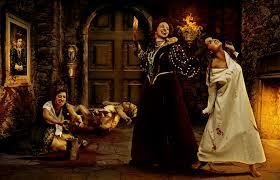

Elizabeth Bathory
1560: Elizabeth Bathory is born into one of the oldest and wealthiest families in Transylvania. Her family had many powerful relatives, a cardinal, princes, and a cousin who was prime minister of Hungary are among these relatives. The most famous relative was Istvan Bathory (1533-86). Istvan was prince of Transylvania and king of Poland from 1575-86. It has been said that At around the age of 4 or 5, Elizabeth had violent seizures. These may have been caused by epilepsy or another neurological disorder and may have something to do with her “psychotic” behavior later in life.
1575: Age 15, Elizabeth married Count Ferenc Nadasdy. The Count was 26 years of age. The count took Elizabeth’s surname so that she could keep her name. They lived together in Castle Csejthe. In Slovak this Castle is named Cachtice. The count spent a great deal of time away from home fighting in wars and for this he was nicknamed “The Black Hero of Hungary”. While her husband was away Elizabeth’s manservant Thorko introduced her to the occult. For a brief time Elizabeth eloped with a dark stranger. Upon her return to Castle Cachtice the count did forgive her for her leaving. Back at the castle, Elizabeth couldn’t tolerate her domineering mother-in-law. With the help of her old nurse Ilona Joo, she began to torture the servant girls. Her other accomplices included the major-domo János Ujvary, Thorko, a forest witch named Darvula and a witch Dorottya Szentes. The first ten years of their marriage, Elizabeth bore no children because she and Ferenc shared so little time together as he pursued his career. Then around 1585, Elizabeth bore a girl whom she named Anna, and over the following nine years gave birth to two more girls, Ursula and Katherina, and in 1598 bore her first and only son, Paul. Judging from letters she wrote to relatives, she was a good wife and protective mother, which was not surprising since nobles usually treated immediate family very differently from the lower servants and peasant classes.
1600: At age 51, Count Ferenc died in battle and thus began Elizabeth’s period of atrocities. First, she sent her hated mother-in-law away from the Castle. By this time it is thought that she had dabbled into some forms of sorcery, attending rituals that included the sacrificing of horses and other animals. Elizabeth, now 40 years old, grew increasingly vain and she feared the thought of aging as she may lose her beauty. One day a servant girl accidentally pulled her hair while combing it. Elizabeth slapped the girl’s hand so hard she drew blood. The girls blood fell into Elizabeth’s hand and she immediately thought that her skin took on the freshness of her young maid. She believed that she had found the secret of eternal youth. Elizabeth had her major-domo and Thorko strip the maid and then cut her and drain her blood into a huge vat. Elizabeth bathed in it to beautify her entire body.
1600 – 1610: Elizabeth’s henchmen continued to provided Elizabeth with new girls for the blood-draining ritual and her blood baths. Elizabeth went out of her way to see to it that the dead girls were given proper Christian burials by the local Protestant pastor, at least initially. As the body count rose, the pastor refused to perform his duties in this respect, because there were too many girls coming to him from Elizabeth who had died of unknown and mysterious causes. She then threatened him in order to keep him from spreading the news of her hobby and continued to have the bodies buried secretly. Near the end, many bodies were disposed of in haphazard and dangerously conspicuous locations. But one of her intended victims escaped and told the authorities about what was happening at Castle Cachtice. King Matyas of Hungary ordered Elizabeth’s own cousin, Count Gyorgy Thurzo, governor of the province to raid the castle. On December 30, 1610 they raided the castle and they were horrified by the terrible sights. One dead girl in the main room, drained of blood and another alive whose body had been pierced with holes. In the dungeon they discovered several living girls, some of whose bodies had been pierced several times. Below the castle, they exhumed the bodies of some 50 girls.
1611: A trial was held at Bitcse. Elizabeth, who refused to plead either guilty or innocent, and never appeared in the trial. At this trial Johannes Ujvary, major-domo, testified that about 37 unmarried girls has been killed, six of whom he had personally recruited to work at the castle. The trial revealed that most of the girls were tortured for weeks or even months. They were cut with scissors, pricked with pins, even prodded with burning irons onto short spikes in a cage hung from the ceiling to provide Bathory with a blood shower. Sometimes the two witches tortured these girls, or the Countess did it herself. Elizabeth’s old nurse testified that about 40 girls had been tortured and killed. In fact, Elizabeth killed 612 women and in her diary, she documented their deaths. A complete transcript of the trial was made at the time and it services today in Hungary. Of the people involved in these killings, all but Countess Bathory and the two witches were beheaded and cremated. Due to her nobility, Elizabeth was not allowed by law to be executed. The two accomplices had their fingers torn out and were burned alive. The court never convicted Countess Elizabeth of any crime, however she was put under house arrest. She was sentenced to life imprisonment in her torture chamber and stonemasons were brought to wall up the windows and doors of the with the Countess inside. They left a small hole through which food could be passed. King Matyas II demanded the death penalty for Elizabeth but because of her cousin, the prime minister, he agreed to an indefinitely delayed sentence, which really meant solitary confinement for life.
1614: On July 31 Elizabeth (age 54) dictated her last will and testament to two cathedral priests from the Esztergom bishopric. She wished that what remained of her family holdings be divided up equally among her children, her son Paul and his descendants were the basic inheritors though. Late in August of the year 1614 one of the countess’s jailers wanted to get a good look at her, since she was still reputedly one of the most beautiful women in Hungary. Peeking through the small aperture in her walled-up cell, he saw her lying face down on the floor. Countess Elizabeth Bathory was dead. Her body was intended to be buried in the church in the town of Cachtice, but the grumbling of local inhabitants found abhorrent the idea of having the infamous Lady placed in their town, on hallowed ground no less! Considering this, and the fact that she was one of the last of the descendants of the Ecsed line of the Bathory family, her body was placed to the northeastern Hungarian town of Ecsed, the original Bathory family seat.
This legendary countess is remembered for murdering women for fun and bathing in their blood to make herself more beautiful.
Was there any truth to this heinous legend or was this a story concocted by her powerful political enemies?
2 notes
·
View notes
Text
oh i’m watching pirates of the caribbean and… am i gonna write an istvan piece?? certainly

(gif cred to @vivian-rutledge)
57 notes
·
View notes
Text


Daniel Brühl as Istvan Thurzo THE COUNTESS 2009・dir. Julie Delpy
#the countess#istvan thurzo#daniel brühl#deepdwellingedit#filmedit#danielbrühledit#thecountessedit#honestly don't have much to say about the movie#definitely expected it to be better than it turned out to be
93 notes
·
View notes
Text
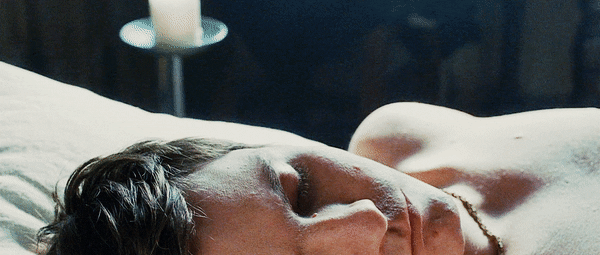
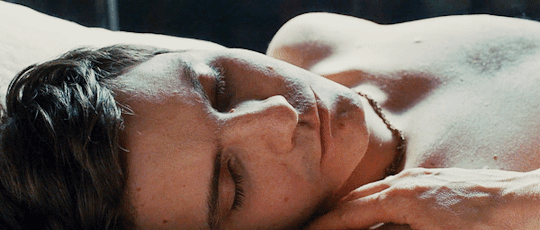
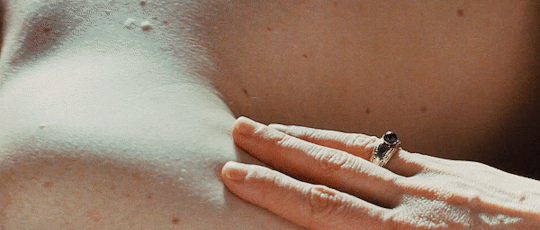
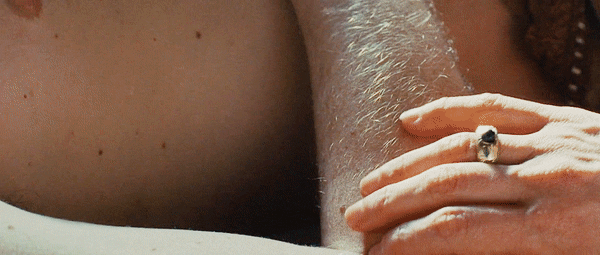
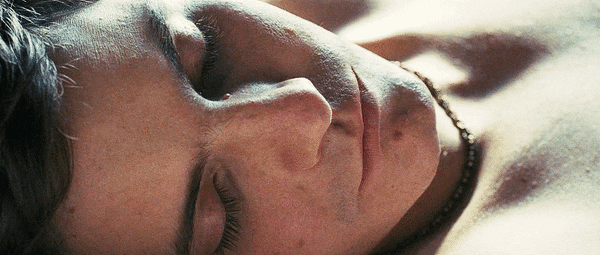
(Soft) István
A baby boy
Literally
ㅤ
(tagging @unlikelymilliner because she told me to post the 🍑 so everybody can know whose fault this is, which I put it below **keep reading** )
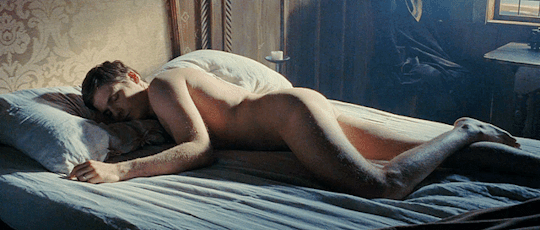
#i have to use a community label on this one#because **ahem**#anyway#😘#istván thurzó#istvan thurzo#the countess#the countess 2009#daniel brühl#daniel brühl gif#danielbrühledit#my gifs#cw: butts#filmgifs#filmedit
124 notes
·
View notes
Text
Daniel Characters I Write For
─── ・ 。゚☆: *.☽ .* :☆゚. ───
Alexander Kerner (Good Bye, Lenin!)
Andrea Marowski (Ladies in Lavender)
Checo (Paradise Mall)
Dirk (All Together)
Erik Jan Hanussen (The King's Man)
Ernst Schmidt (The Cloverfield Paradox)
Father Antonio (Intruders)
Fredrick Zoller (Inglourious Basterds)
Helmut Zemo (Captain America: Civil War and The Falcon and The Winter Soldier)
István Thurzó (The Countess)
Jan Weingartner (The Edukators)
Laszlo Kreisler (The Alienst)
Niki Lauda (Rush)
Paul Krantz (Love in Thoughts)
Tony Belardi (Burnt)
─── ・ 。゚☆: *.☽ .* :☆゚. ───
List is subject to change as I consume every film and television show that Daniel is in that I possibly can. Requests are open, just send an ask! They can be a full fic, some Danny Bunch headcanons, or even individual headcanons! I also write any genre with any form of reader (male, female, gnc, gender neutral, trans, ect)! Just let me know for anything specific!
#daniel bruhl#alex kerner#helmut zemo#erik jan hanussen#ernst schmidt#paul krantz#fredrick zoller#daniel brühl#alex kerner x reader#helmut zemo x reader#erik jan hanussen x reader#ernst schmidt x reader#istvan thurzo#the countess#ca:cw#captain america: civil war#andrea marowski#andrea marowski x reader#ladies in lavender#the danny bunch#laszlo kreizler#laszlo kreizler x reader#the alienist#dirk#all together#checo#paradise mall#father antonio#intruder#tony belardi
56 notes
·
View notes
Photo

26 notes
·
View notes

